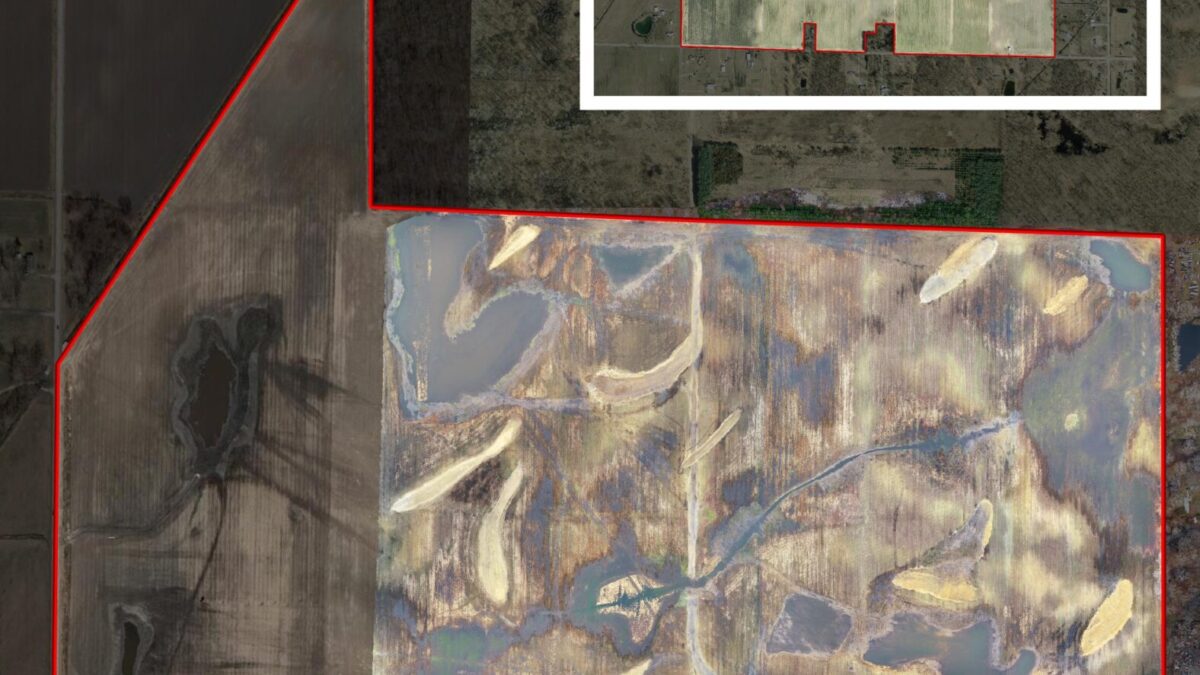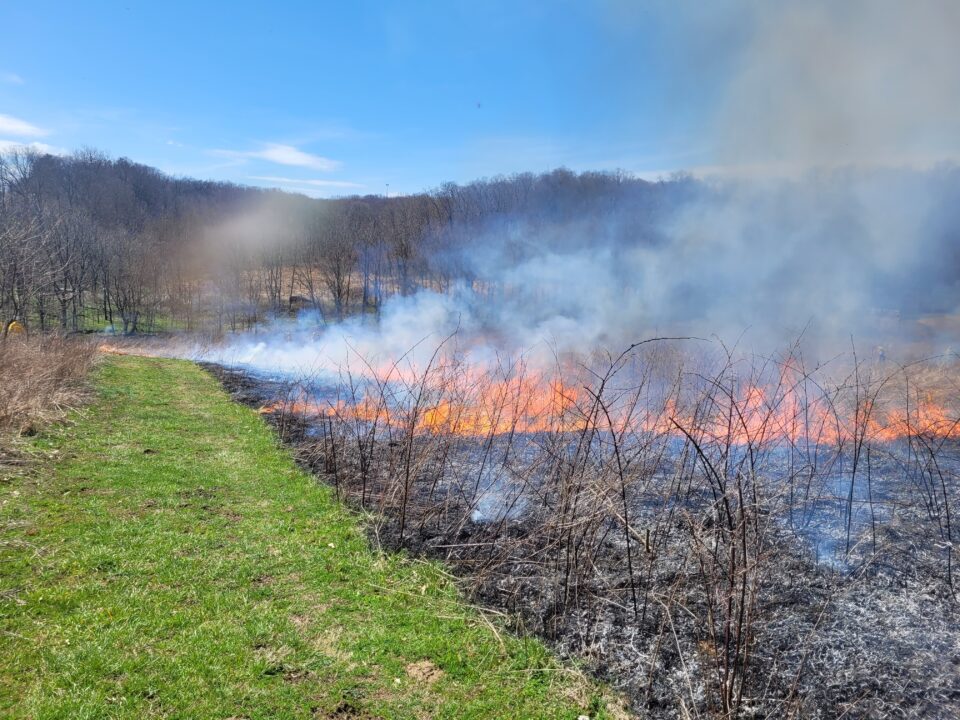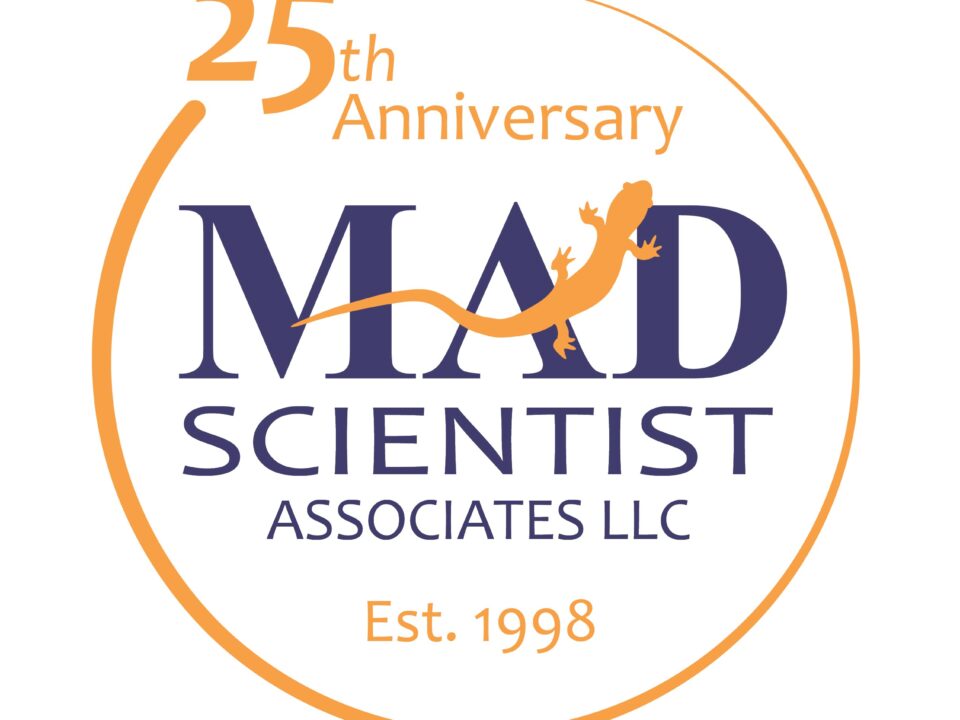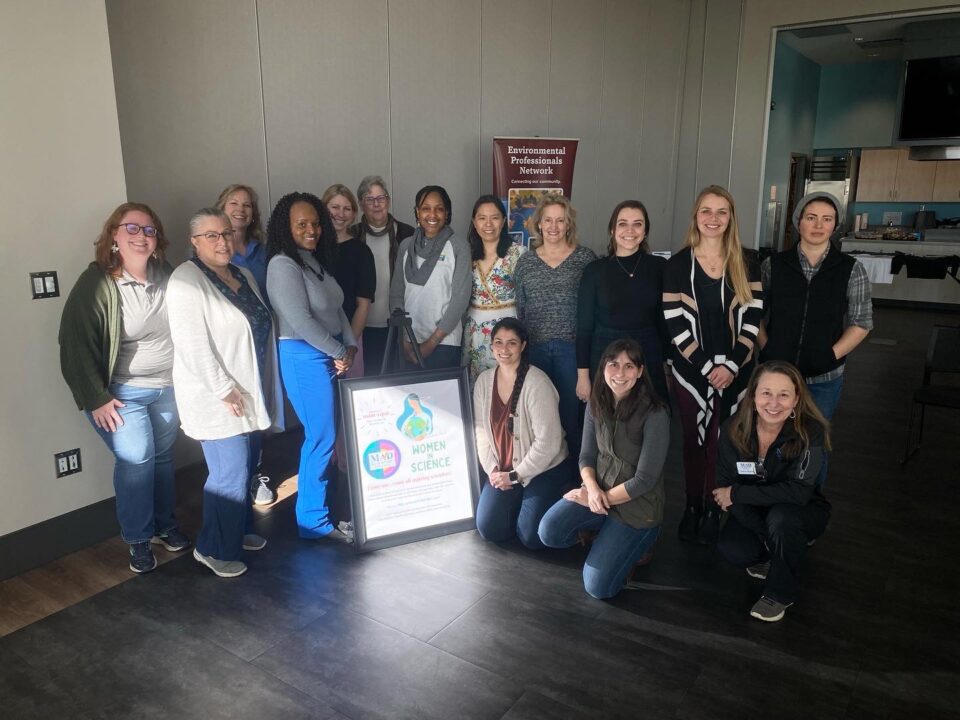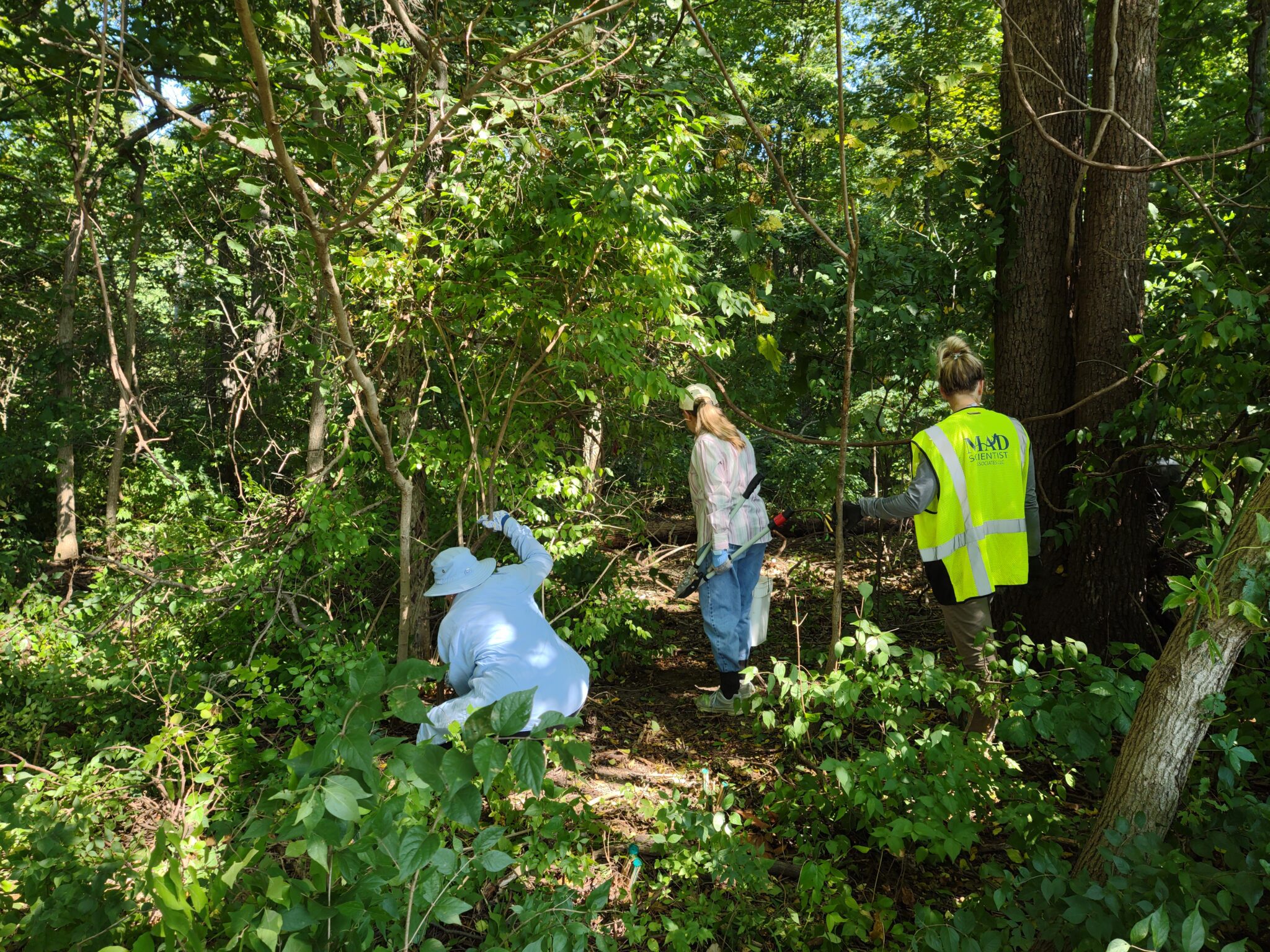
Fall Volunteer Events & Invasive Species Removal
January 11, 2022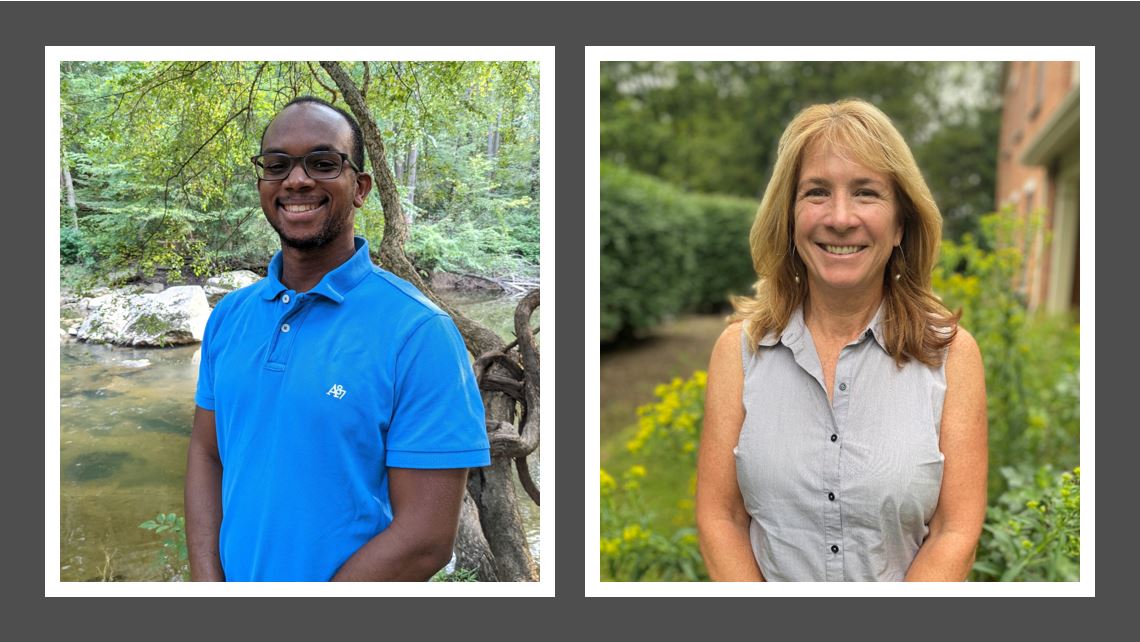
Welcome Julius Duncan, E.I.T., Water Resources Engineer, and Courtney Brownlee, Office Manager!
January 11, 2022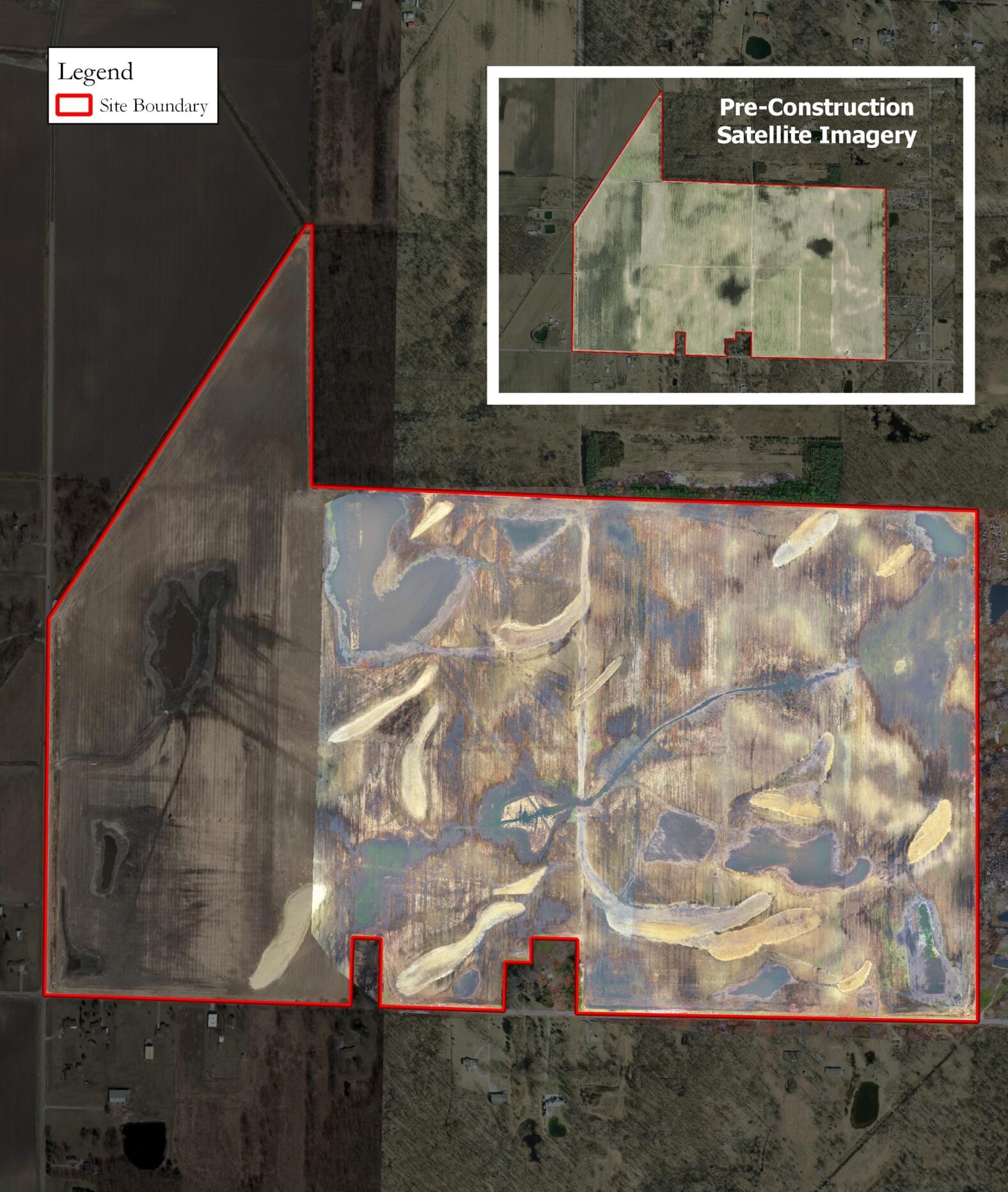
Drone imagery of sandhill crane wetland project.
Construction Progress
The photos below capture angles of this enormous restoration project throughout 2021
Existing Field Prior to Restoration

Earthwork- topsoil relocation and dune shaping.
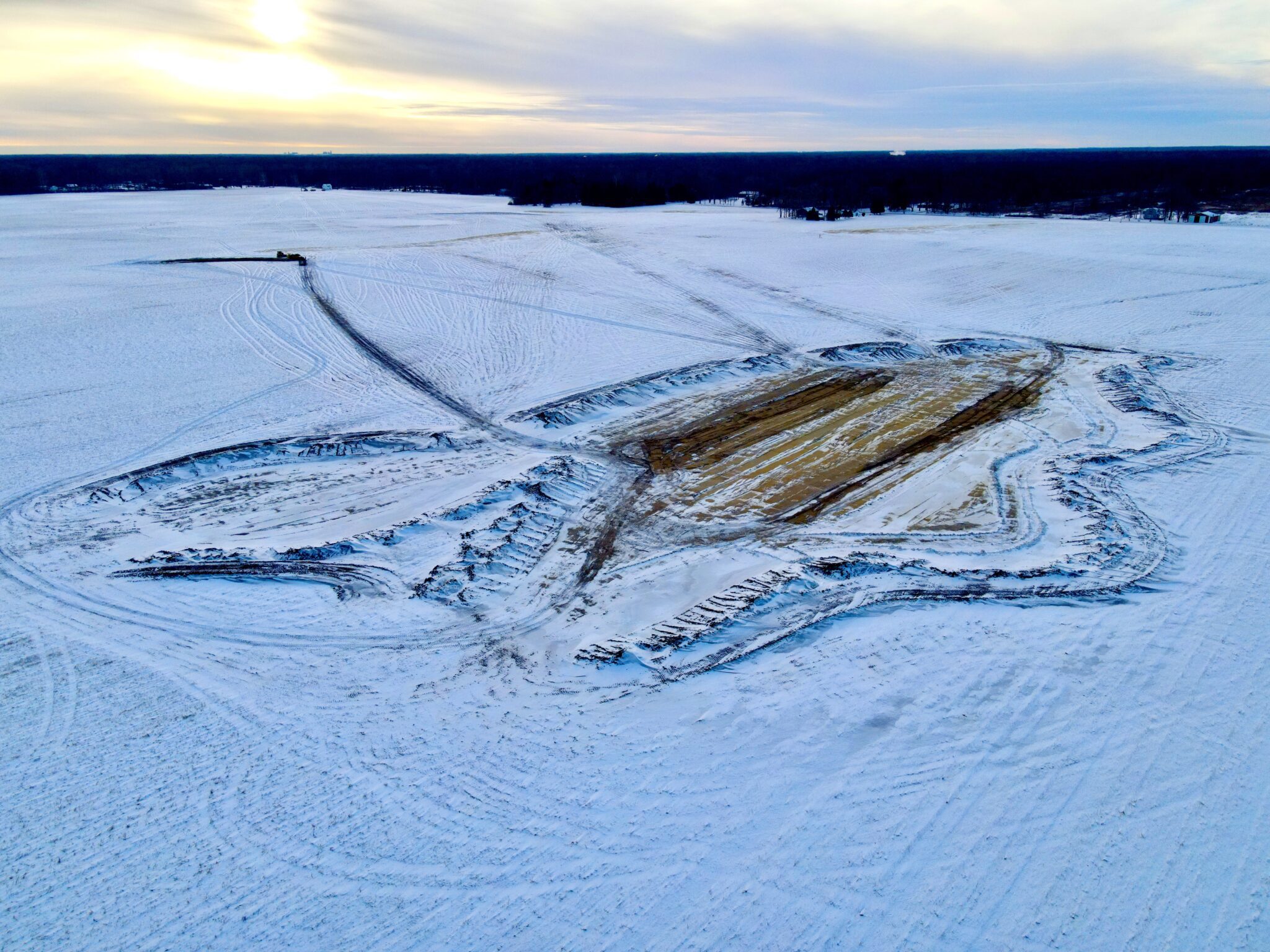
Finalizing Earthwork
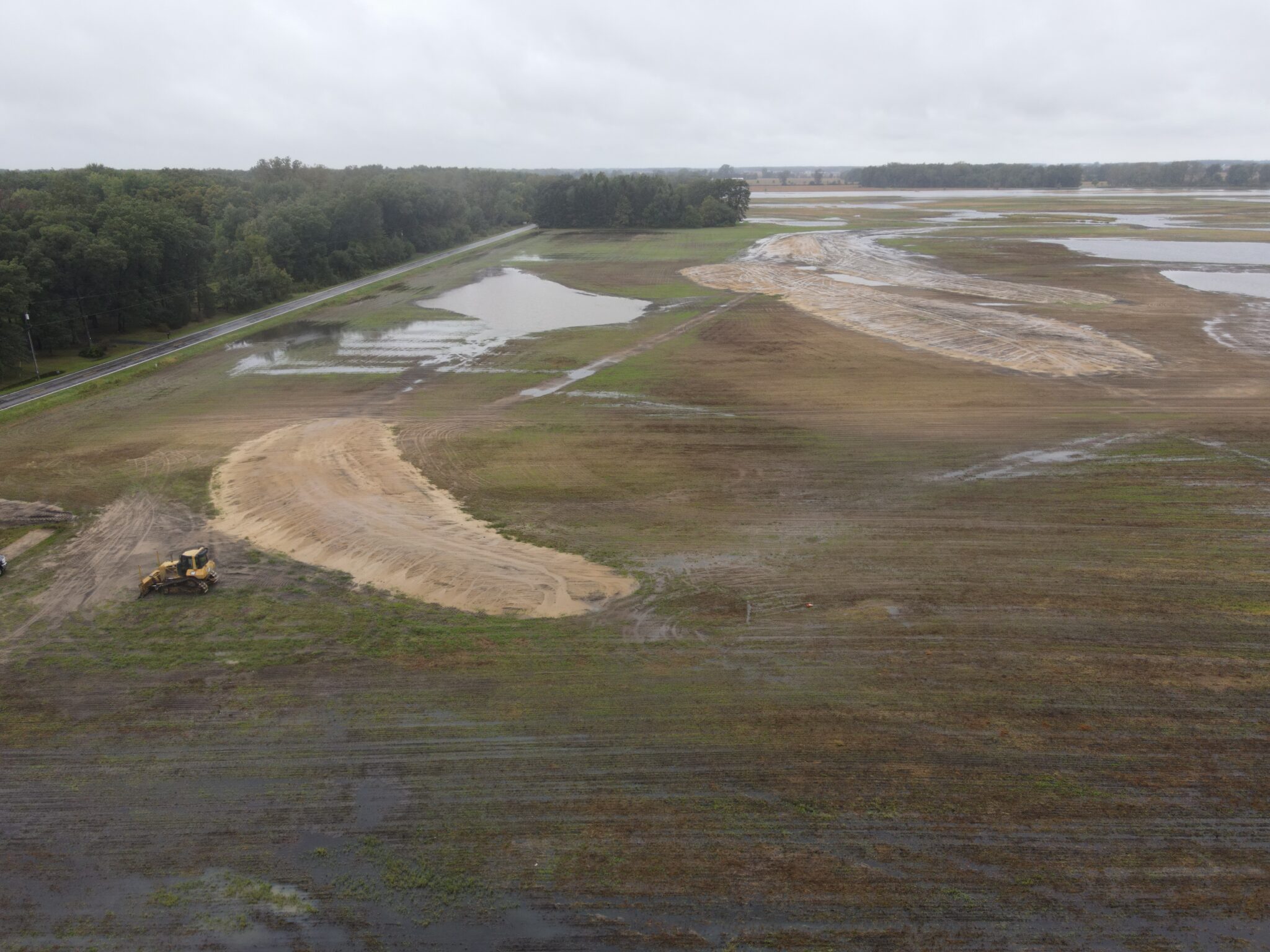
Restored Wetland
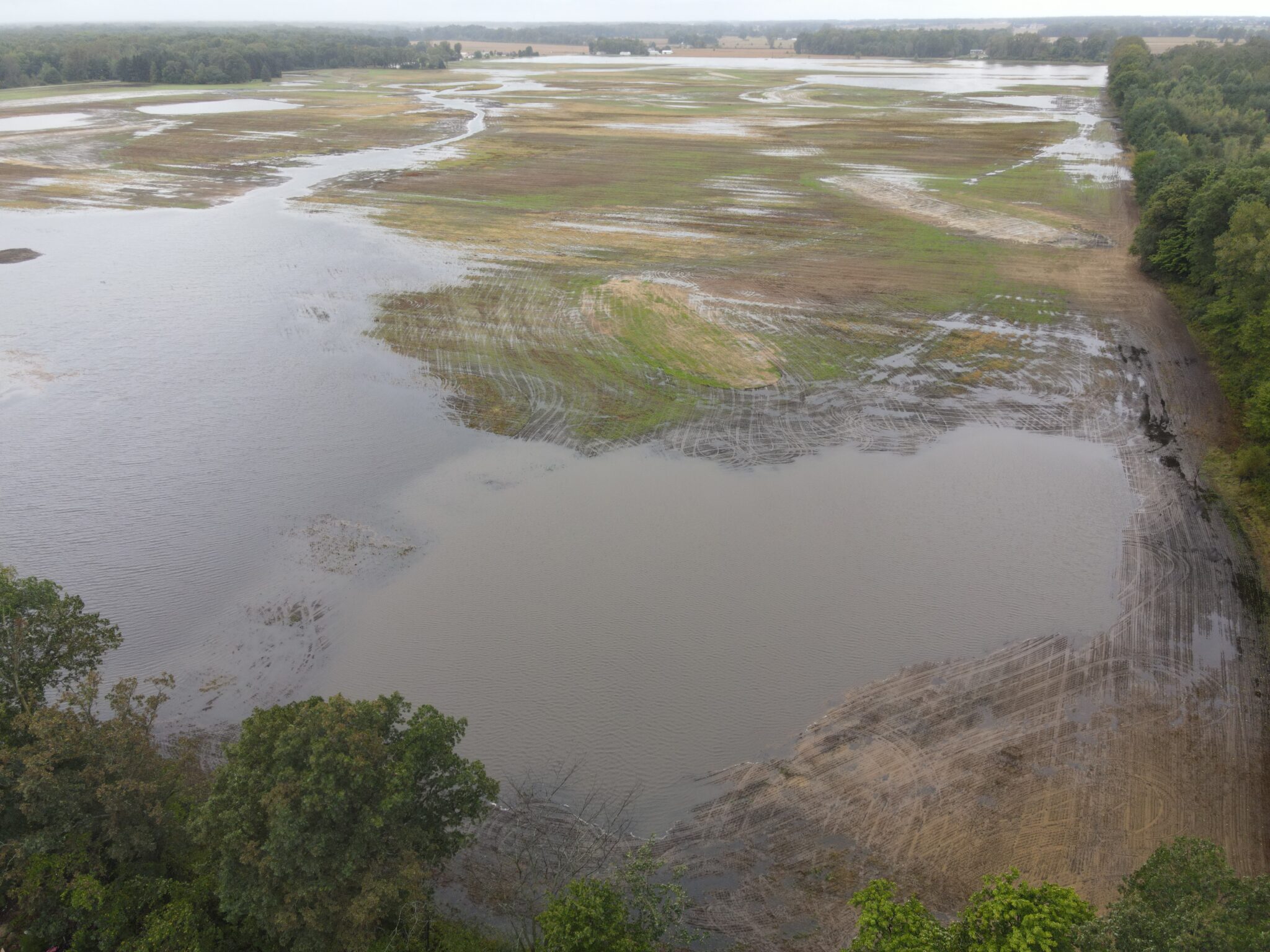
Our largest wetland restoration to date is the Sandhill Crane Wetlands in the Oak Openings Region near Toledo, Ohio. Construction on this project was substantially complete by the end of 2021. We worked with The Nature Conservancy (TNC) and B Hill’z Excavating to achieve this restoration on 280 acres of former farmland. For decades, this massive field has been used for conventional row crop agriculture. To be successful, these farming operations along the northern edge of the former Great Black Swamp required intensive water management. The land is flanked by deep ditches on three sides that help to lower the water table and improve drainage, and in the winter and spring, the former farmer would run multiple pumps to pull water from the field’s drainage tiles (estimated to total over 3 miles in length!) and route it to the nearest ditch. Later in the growing season, the water table – influenced by the adjacent ditches – drops considerably, requiring supplemental irrigation from a 220’ deep well and pivot irrigation system. To help re-establish wetlands across the site, all of this “hydrologic infrastructure” is being removed to restore a more natural hydrology (as natural as possible, given that the exterior ditches will remain).
TNC seeded the site with a mix of native wet prairie and wetland species last year. In 2022, we expect to see high-quality wetland habitats forming across almost the entire 280 acres. Some of the deeper depressions, particularly within the 100-year floodplain that dominates the western third of the site, will become a perennial emergent marsh. Other areas will support wet meadow and prairie habitats, with scattered trees. The only areas that we anticipate not meeting wetland criteria are the low sand dunes that were constructed from low-nutrient yellow sands to re-create the site’s original topography and regionally-characteristic landforms.
The Sandhill Crane Wetlands site is situated northeast of the intersection of South Raab Road and Angola Road, in Holland, Ohio, just 1.5 miles southwest of Irwin Prairie State Nature Preserve. This nature preserve served as one of our ecological reference sites, and during our site analysis and construction observation, we were able to observe significant similarities in the flooding regime between the preserve and the west side of the site: when Irwin Prairie held 18” of water, the Sandhill Crane site also held ~18” of water, and when our water levels dropped in late summer, we found that Irwin Prairie also lacked inundation. Our hope is that, over time, this expanse of wetlands will rival Irwin Prairie in its plant and animal diversity, and that someday, Sandhill Cranes will nest at the site to validate the preserve’s name. Birders in the area have already observed Bald Eagles, large flocks of Blue-winged Teal, and about 30 Hudsonian Godwits (a rare shorebird for Ohio) visiting these wetlands, so maybe the Sandhill Crane sightings will soon follow!



